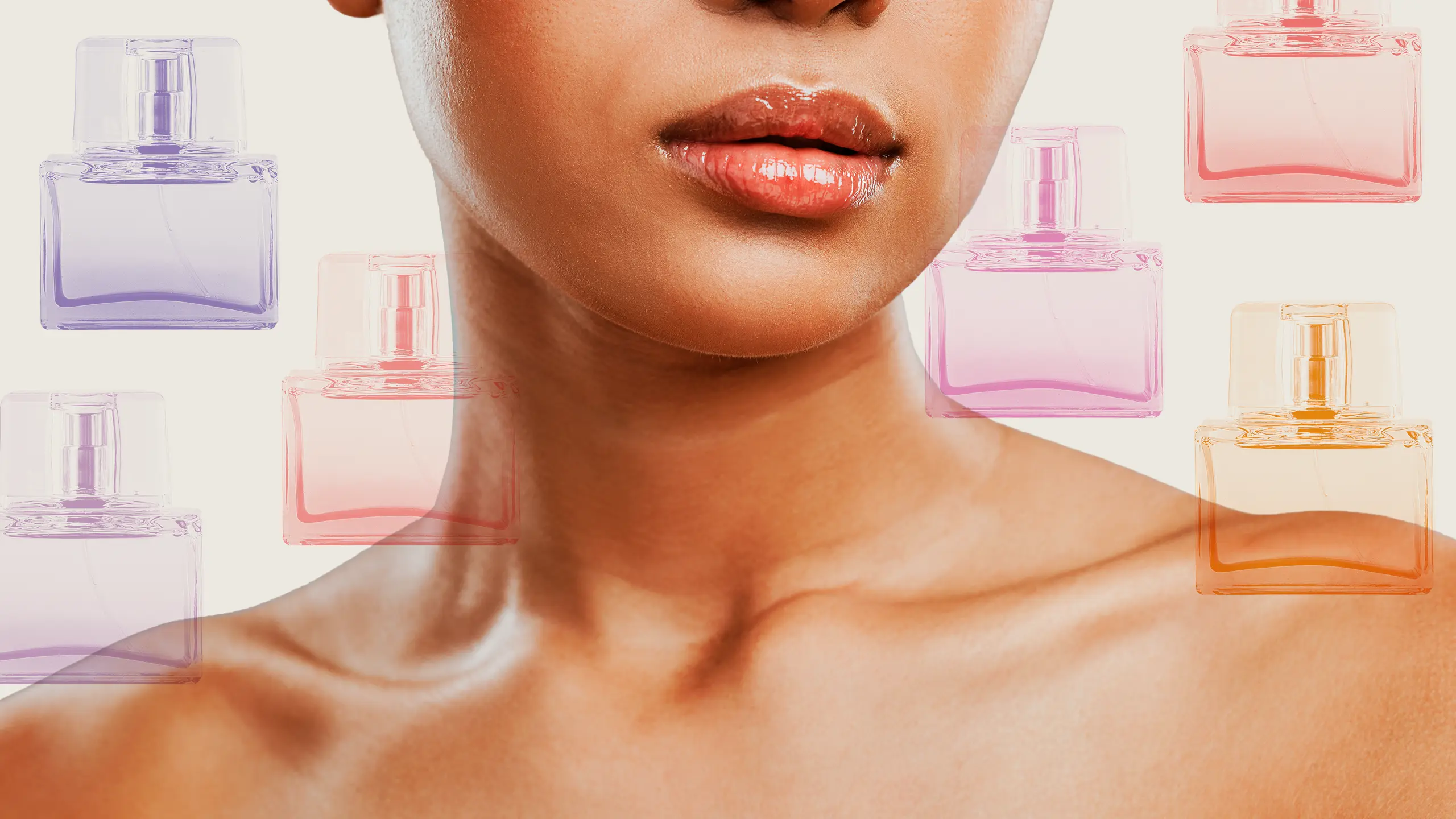Fragrance Layering Is an Art—Here’s How to Do It
What you need to know about fragrance layering.
By Leira Aquino
Layering isn’t just for fashion—it’s an art in the fragrance world, too.
For those new to fragrance layering, spoiler alert: It takes a lot of experimentation and trial-and-error to find your perfect combination. But to help you understand the basics, Allure Philippines spoke with Filipina perfumer Bernadette Lim. Lim founded BC Fragrances and studied at the NYC-based Fragrance Foundation in 2008. She was also a former faculty member at SOFA Design Institute, where she taught Artisan Perfumery and the Business of Scents.
“As a perfumer, I’ve always been fascinated by the interplay of notes—how a seemingly simple accord can transform when paired with another,” Lim, who serves as a mentor at ScentrePinoy Academy, shares. She explains that layering allows people to develop a deeper connection with their fragrances, making scents feel more personal and meaningful. For Lim, fragrance layering isn’t just about smelling good—it’s a way for individuals to express themselves. She guides us through the dos, don’ts, and everything in between when it comes to layering fragrances.
First things first: What is fragrance layering?
According to Lim, fragrance layering is the art of combining different scents—whether perfumes or body products like lotions and body oils—to create a unique and personalized olfactory experience. When chosen well, these layers enhance your fragrance, making it last longer and giving it a whole new depth. “It’s like a sensory symphony, where each scent plays a part in creating a harmonious whole,” she explains.
This practice has gained popularity on #PerfumeTok, with many embracing it as a way to personalize their fragrance wardrobe. Lim explains, “In a world where individuality is celebrated, layering offers a way to curate a scent that’s uniquely yours.”
How do you even start layering?
Lim’s advice: Start simple. “Start with a fragrance you love and layer it with a matching body lotion or oil to enhance its longevity and depth,” she suggests. You don’t need to go all out from the get-go. Test the waters by incorporating a single complementary scent at a time. Lim recommends starting with linear scents (fragrances that don’t change much over time) before gradually introducing more complex ones. “Once you’re comfortable combining different products and scents, always start with small amounts and gradually increase the intensity,” she says.
It’s also a good idea to test on a small area of your skin first, she encourages. Instead of spritzing all over, apply a small amount to your wrist and see how it interacts with your skin chemistry. This way, you can decide whether you love the result before fully committing.
The ‘dos’ and ‘don’ts’
Fragrance layering is all about experimentation, but having a guide can make the process easier. “Think of fragrance layering like building a cake,” Lim says. “You can start with a sturdy base and add layers of more delicate, complementary elements.” She suggests starting with a heavier scent as your base like cozy musk, creamy gourmand, warm amber, or deep woody fragrances. “These serve as the foundation of your composition,” the perfumer explains. Then, layer on lighter scents, like a floral heart note, a fruity accent, or a fresh citrus top note. “This adds complexity and balance,” she says.
Here are some Allure-approved base scents for fragrance layering:
- D.S. & Durga’s I Don’t Know What Eau de Parfum: A woody, musky scent that blends effortlessly with other fragrances.
- Dedcool Xtra Milk Eau de Parfum: A musky, skin-inspired scent that’s subtle and versatile.
- Queens and Monsters Eau de Parfum: A woody, ambery gourmand base, perfect for creating rich and layered combinations.
Another key tip? Let each layer dry down slightly before applying the next one. “This method ensures a rich and harmonious final result,” Lim advises.
For beginners, Lim warns against mixing overpowering scents that might clash “unless you’re intentionally going for a bold, loud statement.”
If a combination doesn’t work or feels overwhelming, don’t panic. Avoid scrubbing with water or a damp cloth—it won’t dissolve perfume oils. Instead, dip a cotton ball in rubbing alcohol and gently dab it on the areas where you applied the fragrance.
That said, the beauty of fragrance layering is that there are no hard and fast rules. Unlike a tattoo, it’s not permanent, so don’t be afraid to play around with different combinations. “My number one rule is to enjoy the process—even if you don’t get it right the first time, layering is all about discovery and creativity,” Lim shares.
You don’t need to be an expert from the start, and there’s no rush. Take your time, experiment, and have fun with it! After all, fragrance layering is about making your scent yours.




